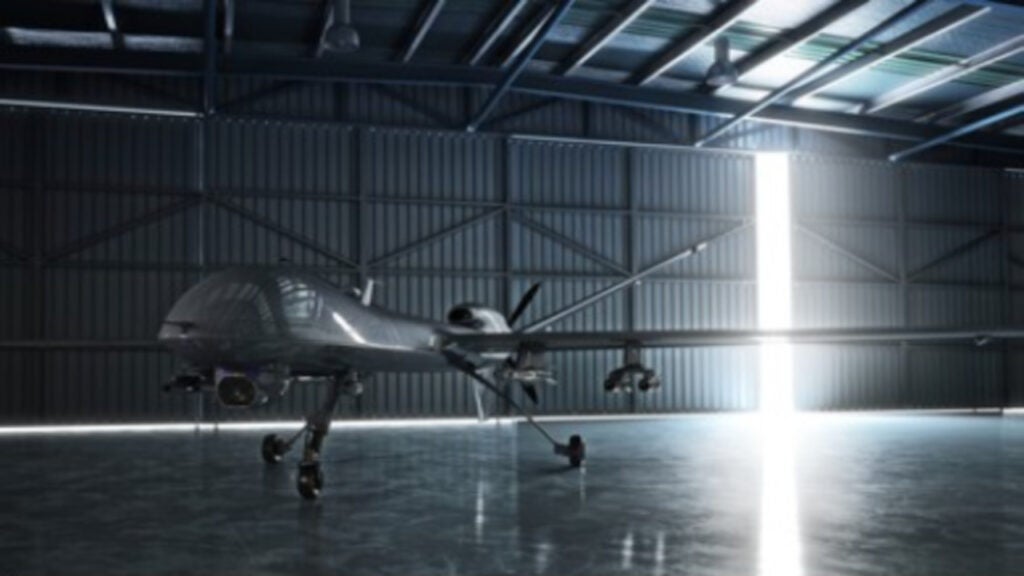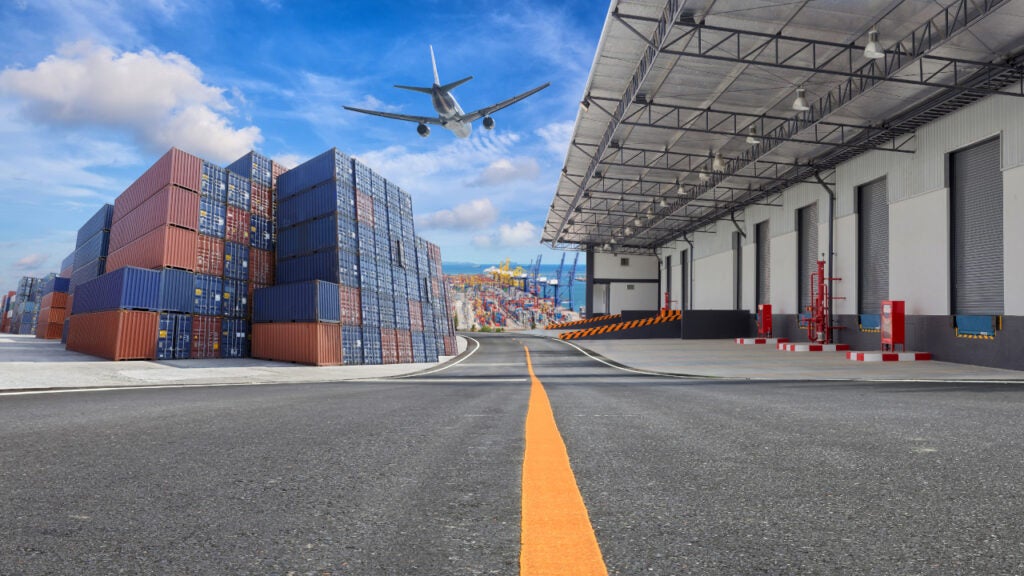The aerospace and defence industry continues to be a hotbed of innovation, with activity driven by the need to lower operational costs, larger consumer trends, and electrification, and growing importance of technologies such as hydrogen and electric aircraft and advanced materials. In the last three years alone, there have been over 174,000 patents filed and granted in the aerospace and defence industry, according to GlobalData’s report on Environment Sustainability in Aerospace, Defence & Security: Battery management systems.
However, not all innovations are equal and nor do they follow a constant upward trend. Instead, their evolution takes the form of an S-shaped curve that reflects their typical lifecycle from early emergence to accelerating adoption, before finally stabilising and reaching maturity.
Identifying where a particular innovation is on this journey, especially those that are in the emerging and accelerating stages, is essential for understanding their current level of adoption and the likely future trajectory and impact they will have.
180+ innovations will shape the aerospace and defence industry
According to GlobalData’s Technology Foresights, which plots the S-curve for the aerospace and defence industry using innovation intensity models built on over 262,000 patents, there are 180+ innovation areas that will shape the future of the industry.
Within the emerging innovation stage, hydrogen fuel cells, aircraft powertrain control systems, and fuel cells for aircraft are disruptive technologies that are in the early stages of application and should be tracked closely. EV charging stations, collapsible aircraft wings, and electric aircraft charging interfaces are some of the accelerating innovation areas, where adoption has been steadily increasing. Among maturing innovation areas are fuselage frame modelling and powered wheels for aircraft landing, which are now well established in the industry.
Innovation S-curve for environmental sustainability in the aerospace and defence industry

Battery management systems is a key innovation area in environmental sustainability
A battery management system is a system which manages the onboard electronics of an aircraft, monitoring that the battery is performing optimally and safely, and regulating its operation.
GlobalData’s analysis also uncovers the companies at the forefront of each innovation area and assesses the potential reach and impact of their patenting activity across different applications and geographies. According to GlobalData, there are 140+ companies, spanning technology vendors, established aerospace and defence companies, and up-and-coming start-ups engaged in the development and application of battery management systems.
Key players in battery management systems – a disruptive innovation in the aerospace and defence industry
‘Application diversity’ measures the number of different applications identified for each relevant patent and broadly splits companies into either ‘niche’ or ‘diversified’ innovators.
‘Geographic reach’ refers to the number of different countries each relevant patent is registered in and reflects the breadth of geographic application intended, ranging from ‘global’ to ‘local’.
Boeing is one of the leading patent filers in battery management systems among aerospace and defence companies. The company is one of the leading producers of commercial aircraft globally. Battery management systems are increasingly an essential component of commercial aircraft, with aircraft systems becoming more electrified and fly-by-wire increasingly becoming the norm. Boeing is cognisant of the environmental impact of battery production and disposal and is investing in the development of batteries with a more limited climate impact. Other key patent filers in battery management include Airbus and Safran.
In terms of application diversity, Raytheon Technologies leads the pack among aerospace and defence companies. Lockheed Martin and Textron are in the second and third positions, respectively. By means of geographical reach, Naval Group holds the top position, followed by Safran and Airbus.
As aircraft systems become more electrified and fly-by-wire becomes the industry norm, there is increasing reliance on batteries in modern aircraft. To enhance the sustainability of this transition, batteries and battery management systems must be developed by being mindful of the climate impact of their production and disposal.
To further understand the key themes and technologies disrupting the aerospace and defence industry, access GlobalData’s latest thematic research report on Defence.




